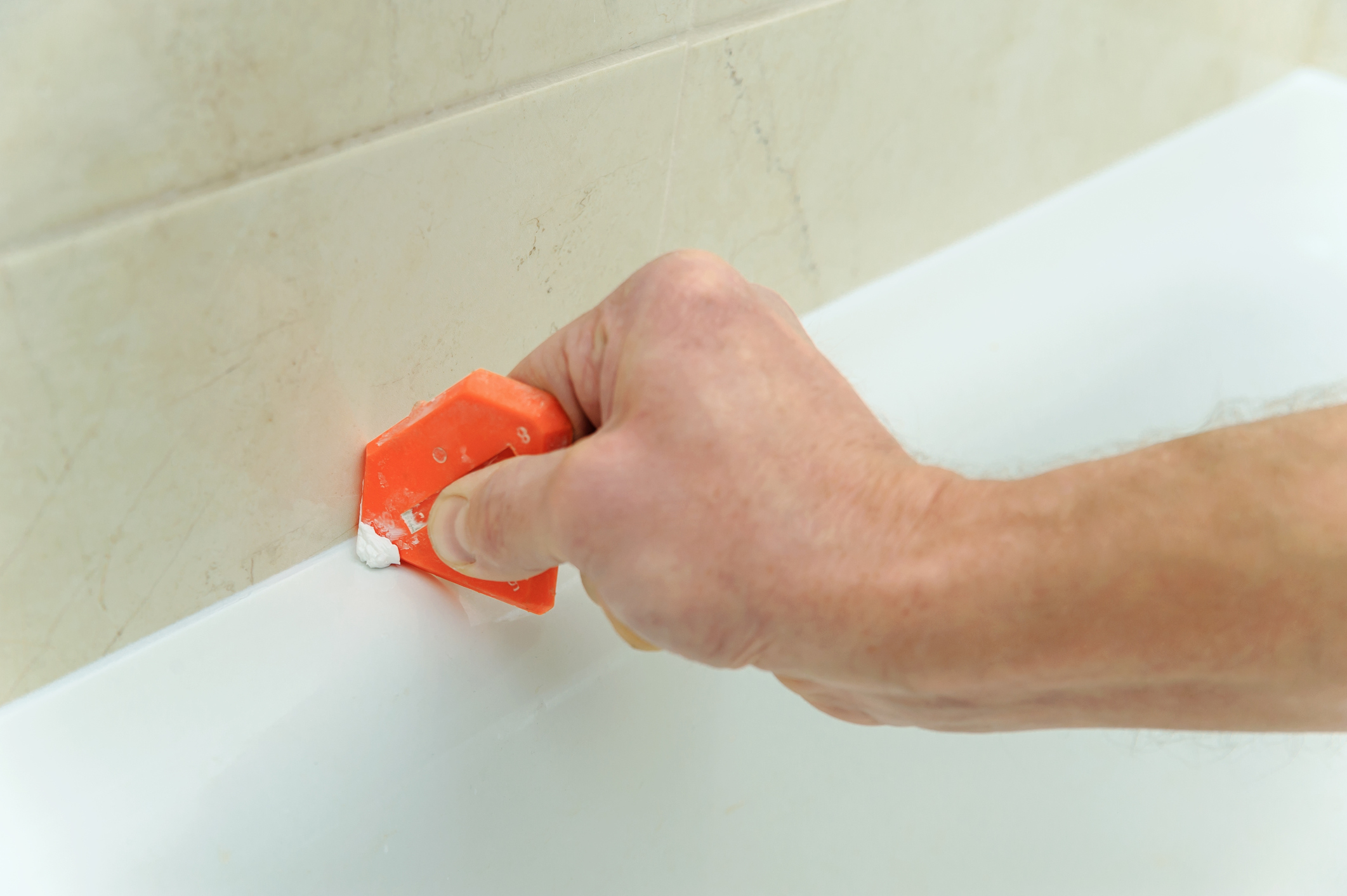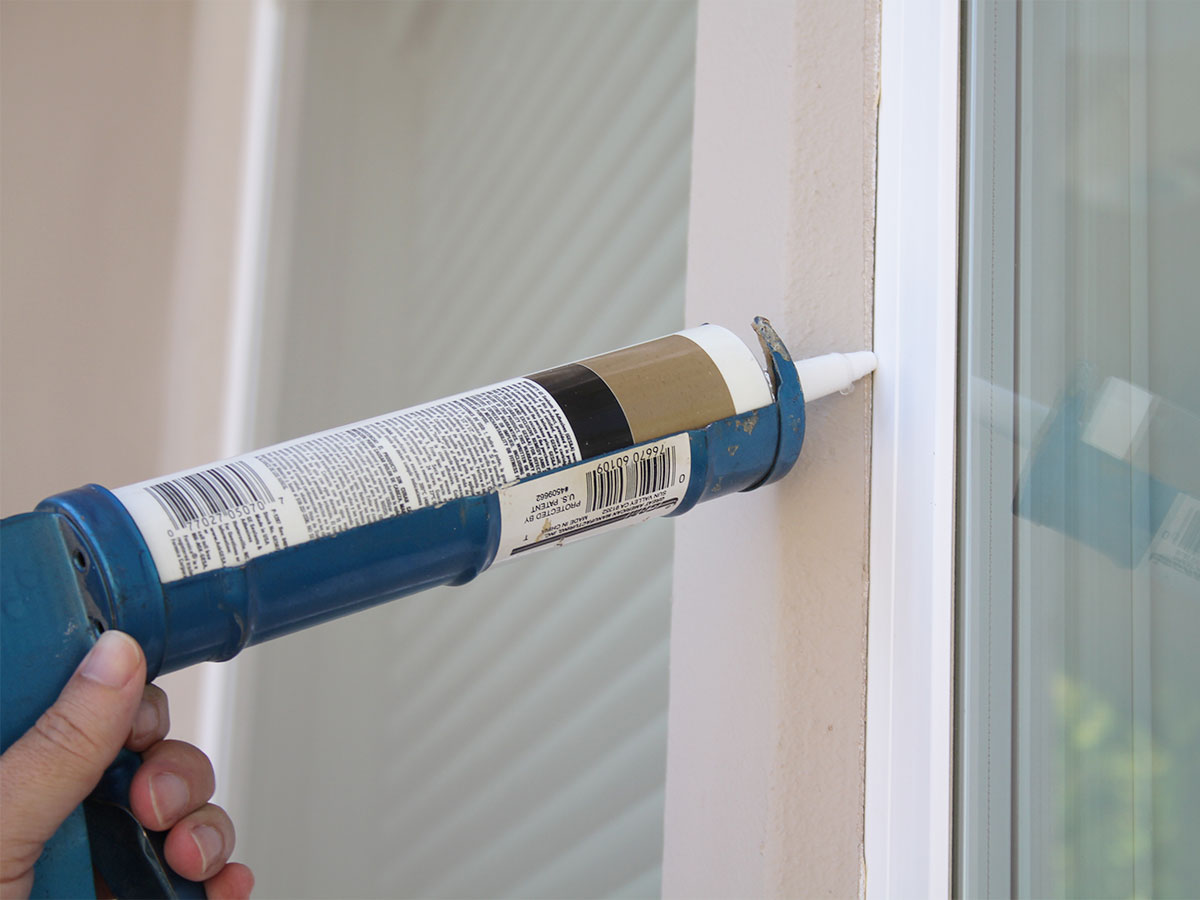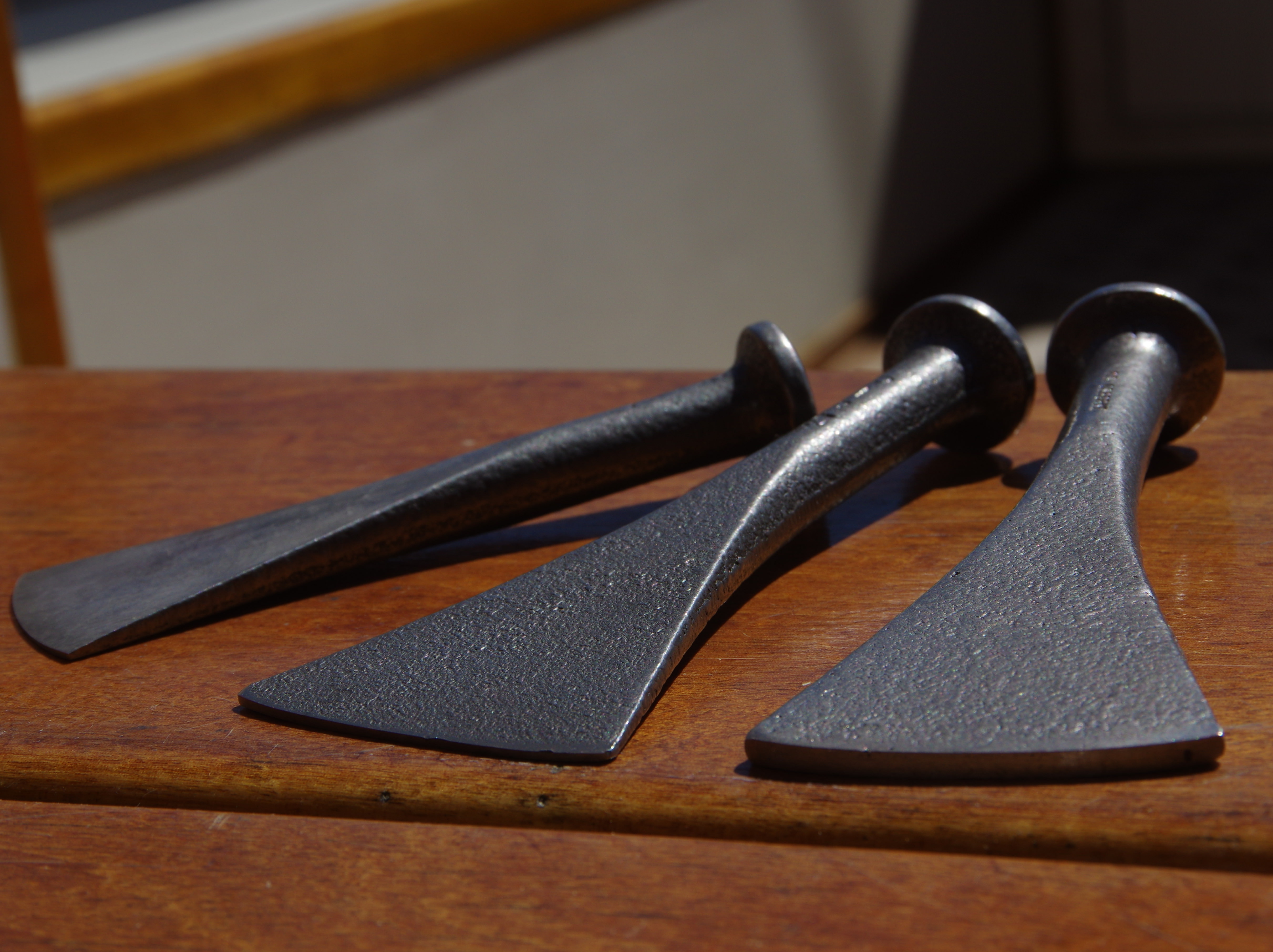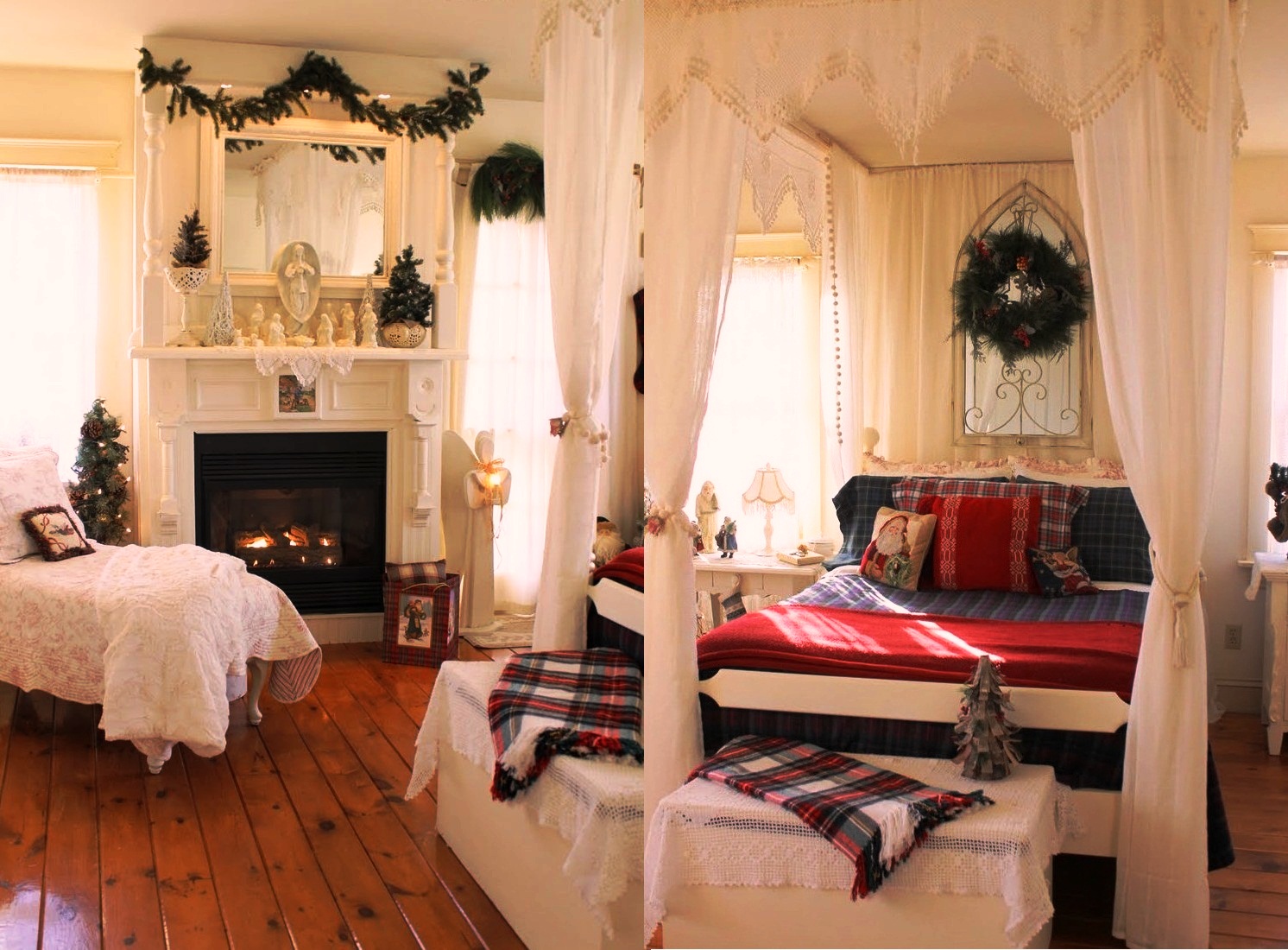When it comes to sealing gaps and cracks in your home, the two most commonly used products are kitchen and bath caulk and window and door caulk. Both have their own unique properties and uses, but which one is the better option for your specific needs? Let's take a closer look at these two types of caulk and compare their features to help you make an informed decision. Kitchen and Bath Caulk vs Window and Door: Which is the Better Option?
Before we dive into the differences between kitchen and bath caulk and window and door caulk, it's important to understand what caulk actually is. Caulk is a flexible material used to seal gaps and cracks in various surfaces, such as walls, floors, and countertops. It is commonly made from silicone, latex, or acrylic and can be used both indoors and outdoors. What is Caulk?
Kitchen and bath caulk is specially formulated for use in areas with high moisture, such as kitchens and bathrooms. It is water-resistant, mold and mildew resistant, and can withstand frequent exposure to water and humidity. This type of caulk is typically made from silicone or acrylic and comes in a variety of colors to match your kitchen or bathroom fixtures. One of the main advantages of using kitchen and bath caulk is its flexibility. It can expand and contract with temperature changes, preventing cracks and gaps from forming in the caulk. This is especially important in areas like the kitchen sink where water and heat can cause materials to expand and contract. In addition, kitchen and bath caulk is also easy to clean and maintain. It can be wiped down with a damp cloth and mild soap to remove any residue or build-up. This makes it a great option for areas that are prone to messes and spills, such as around the kitchen sink or bathtub. Kitchen and Bath Caulk
Window and door caulk is designed specifically for use on windows and doors. It is typically made from silicone or rubber and is water-resistant, weatherproof, and able to withstand extreme temperatures. Window and door caulk is also flexible, allowing it to expand and contract with the movement of the window or door. One of the biggest advantages of using window and door caulk is its ability to seal out air and moisture. This can help improve energy efficiency in your home by preventing drafts and reducing your energy bills. It can also help prevent water from seeping into your home, which can cause damage and mold growth. In addition, window and door caulk is also long-lasting and durable. It can withstand exposure to UV rays, harsh weather conditions, and regular wear and tear. This makes it a great option for sealing exterior gaps and cracks in your home. Window and Door Caulk
When deciding between kitchen and bath caulk and window and door caulk, it's important to consider the specific needs of the area you are caulking. If you are sealing gaps and cracks in your kitchen or bathroom, then kitchen and bath caulk would be the better option due to its water and mold resistance. However, if you are sealing windows and doors, then window and door caulk would be the more suitable choice. It's also worth noting that both types of caulk can be used in a variety of applications, so it ultimately comes down to personal preference and the specific features of the caulk you choose. Which One Should You Choose?
No matter which type of caulk you choose, the process for applying it is generally the same. Here are the basic steps for applying caulk: How to Apply Caulk
In summary, both kitchen and bath caulk and window and door caulk have their own unique properties and uses. It's important to consider the specific needs of the area you are caulking and choose the caulk that best fits those needs. With proper application and maintenance, caulk can help keep your home sealed and protected for years to come. In Conclusion
Why choosing the right caulk is crucial for your home design

The importance of caulk in house design
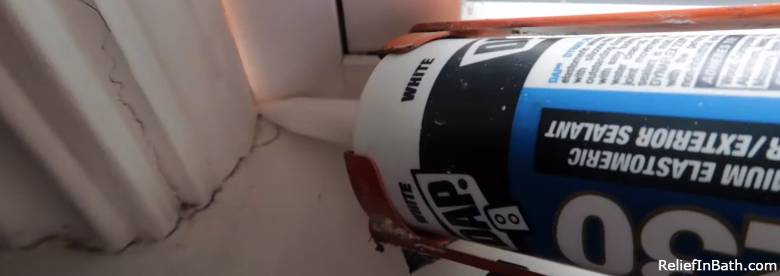 When it comes to home design, every detail matters. From the paint color to the furniture, every decision plays a role in creating the perfect atmosphere for your living space. But one element that is often overlooked is the caulk used in different areas of the house.
Kitchen and bath caulk
and
window and door caulk
may seem like interchangeable products, but they serve different purposes and play a significant role in the overall design of your home.
When it comes to home design, every detail matters. From the paint color to the furniture, every decision plays a role in creating the perfect atmosphere for your living space. But one element that is often overlooked is the caulk used in different areas of the house.
Kitchen and bath caulk
and
window and door caulk
may seem like interchangeable products, but they serve different purposes and play a significant role in the overall design of your home.
Kitchen and bath caulk: Functionality meets aesthetics
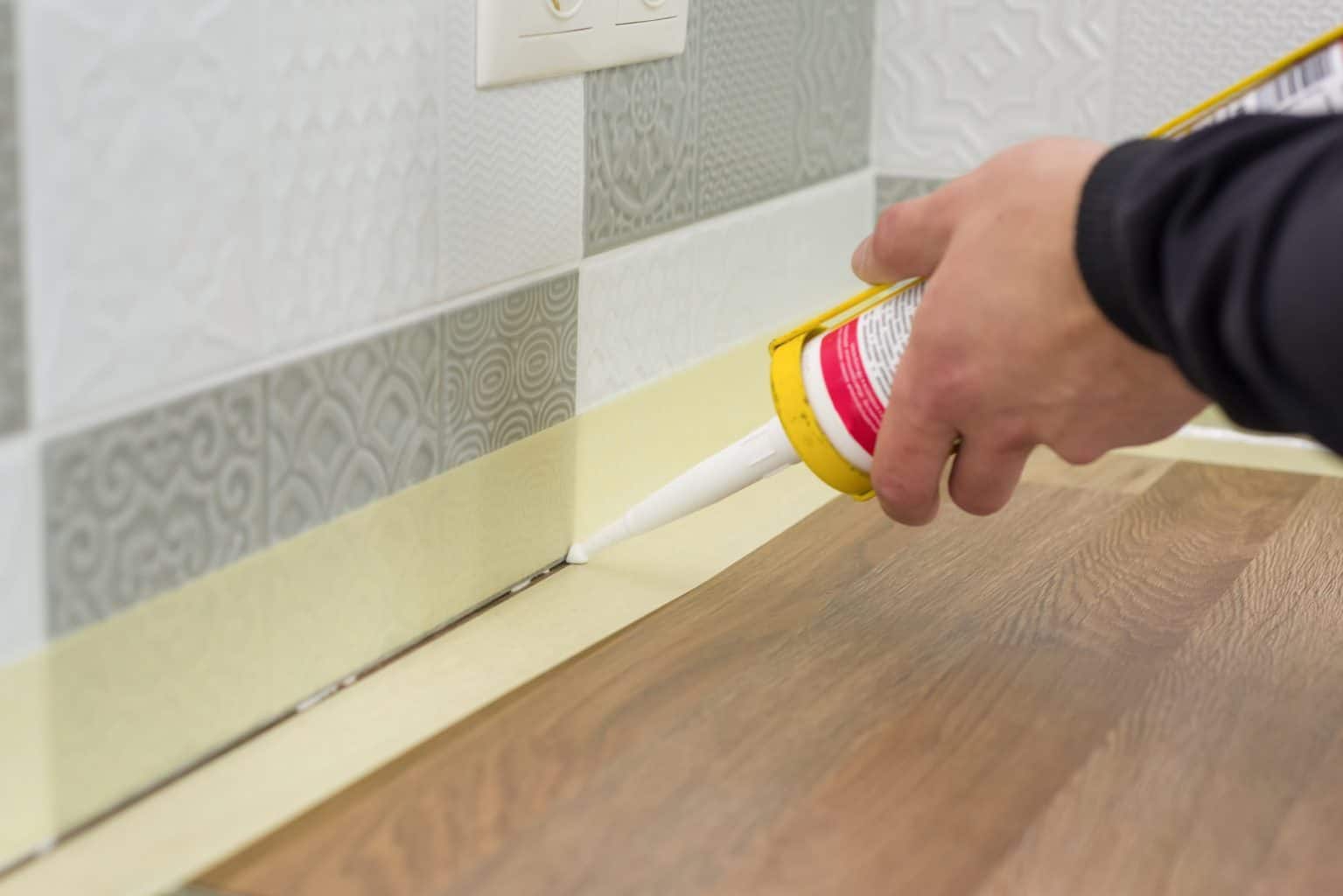 Kitchen and bath caulk
is specifically designed to withstand moisture and humidity, making it suitable for areas such as the kitchen and bathroom. These areas are prone to frequent water exposure, which can lead to mold and mildew growth if not properly sealed. Using the right caulk not only prevents potential damage but also maintains the aesthetic appeal of these areas. With a variety of colors and finishes, you can easily find a caulk that matches your tiles or countertops, giving your kitchen and bathroom a seamless and polished look.
Kitchen and bath caulk
is specifically designed to withstand moisture and humidity, making it suitable for areas such as the kitchen and bathroom. These areas are prone to frequent water exposure, which can lead to mold and mildew growth if not properly sealed. Using the right caulk not only prevents potential damage but also maintains the aesthetic appeal of these areas. With a variety of colors and finishes, you can easily find a caulk that matches your tiles or countertops, giving your kitchen and bathroom a seamless and polished look.
Window and door caulk: The first line of defense against the elements
 Window and door caulk
is essential for protecting your home from external elements such as rain, wind, and cold air. It creates a waterproof seal around your windows and doors, preventing any moisture from seeping in. This not only keeps your home safe from potential water damage but also helps maintain a comfortable temperature inside your house. Additionally,
window and door caulk
comes in a variety of colors, allowing you to choose a caulk that matches the color of your trim or walls, enhancing the overall design of your home.
Window and door caulk
is essential for protecting your home from external elements such as rain, wind, and cold air. It creates a waterproof seal around your windows and doors, preventing any moisture from seeping in. This not only keeps your home safe from potential water damage but also helps maintain a comfortable temperature inside your house. Additionally,
window and door caulk
comes in a variety of colors, allowing you to choose a caulk that matches the color of your trim or walls, enhancing the overall design of your home.
The right caulk for the right job
 While both
kitchen and bath caulk
and
window and door caulk
serve different purposes, they are both crucial for the overall design and functionality of your home. Using the wrong type of caulk can result in potential damage and compromise the aesthetic appeal of your living space. So, before embarking on any home design project, make sure to carefully consider the type of caulk needed for each area to ensure a beautiful and functional end result.
While both
kitchen and bath caulk
and
window and door caulk
serve different purposes, they are both crucial for the overall design and functionality of your home. Using the wrong type of caulk can result in potential damage and compromise the aesthetic appeal of your living space. So, before embarking on any home design project, make sure to carefully consider the type of caulk needed for each area to ensure a beautiful and functional end result.

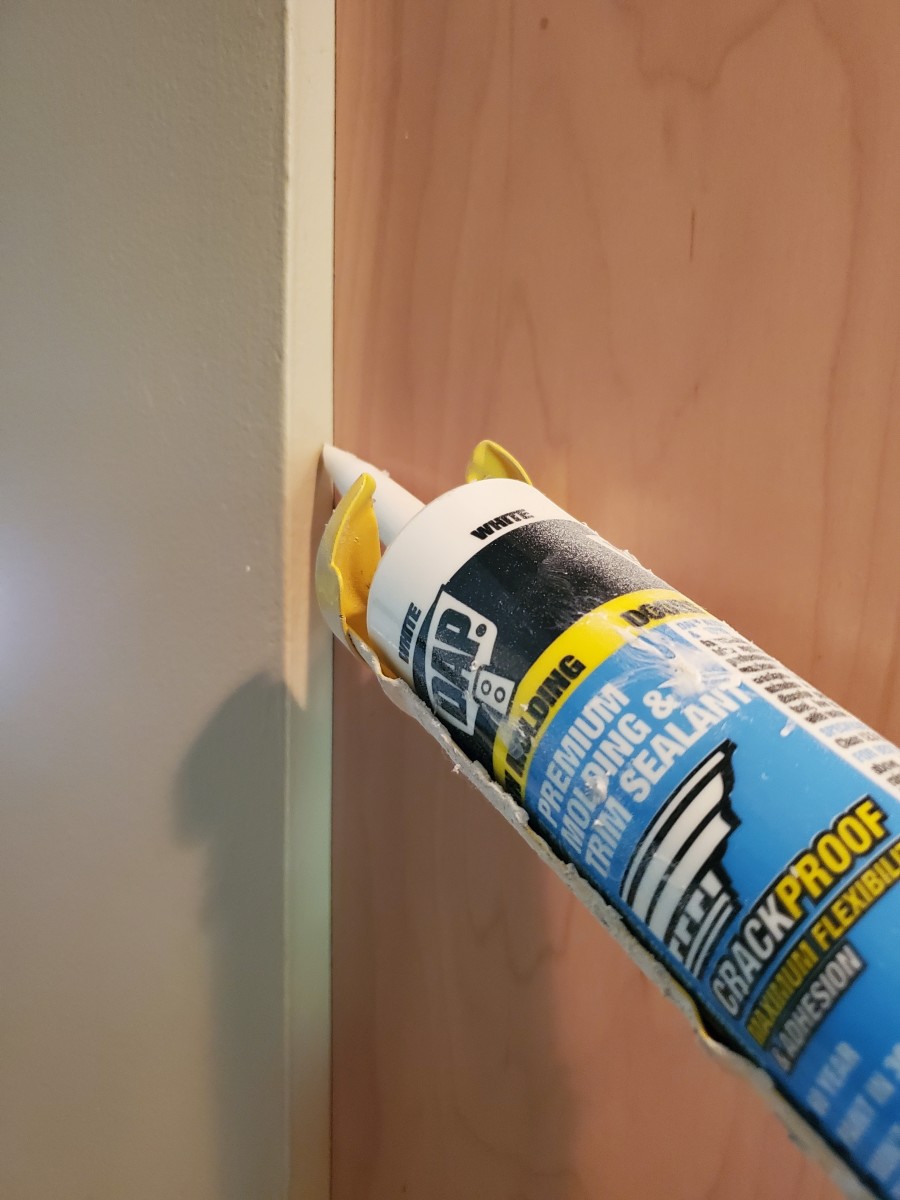

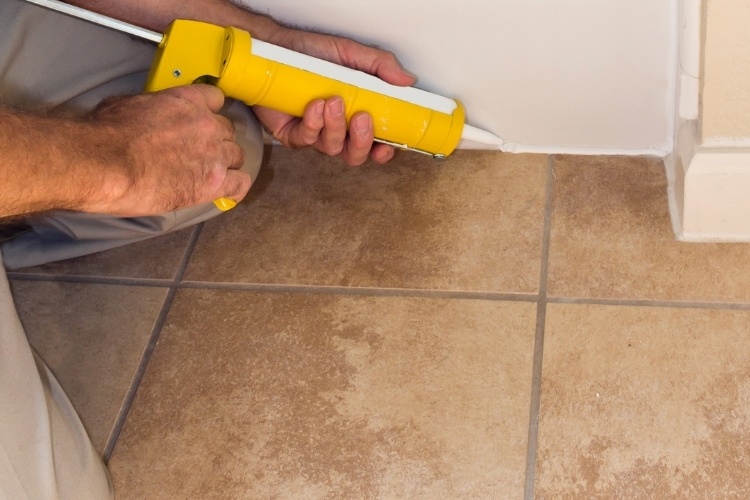
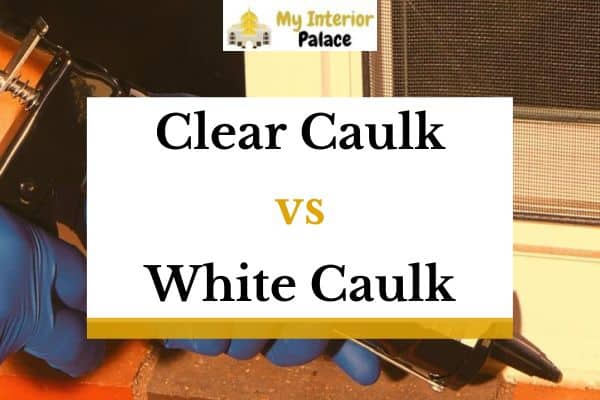
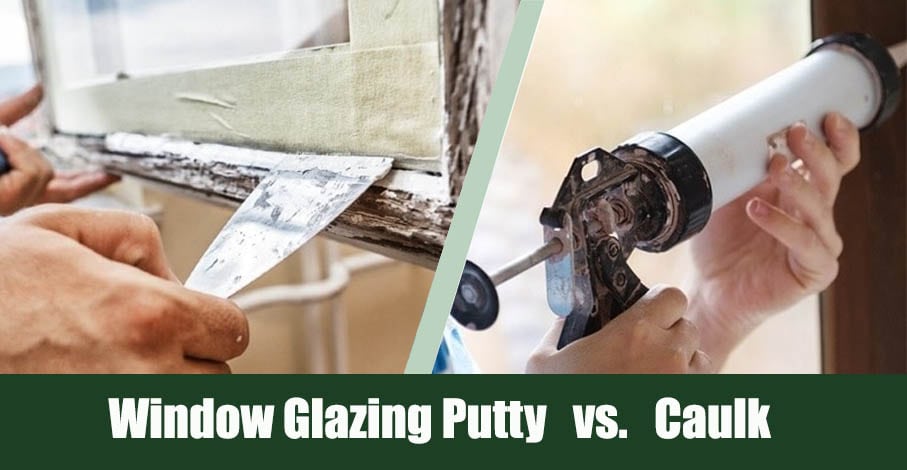
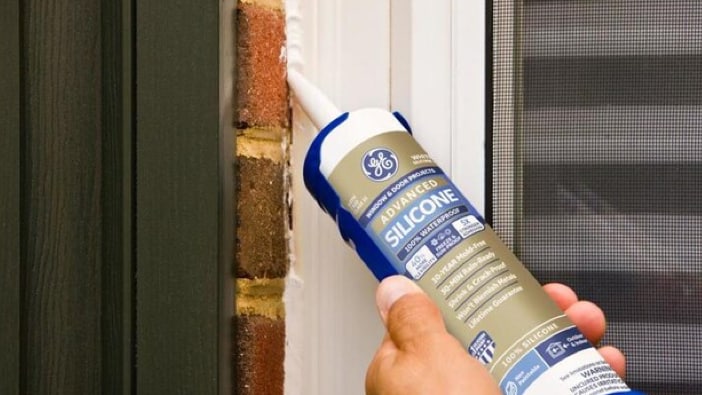
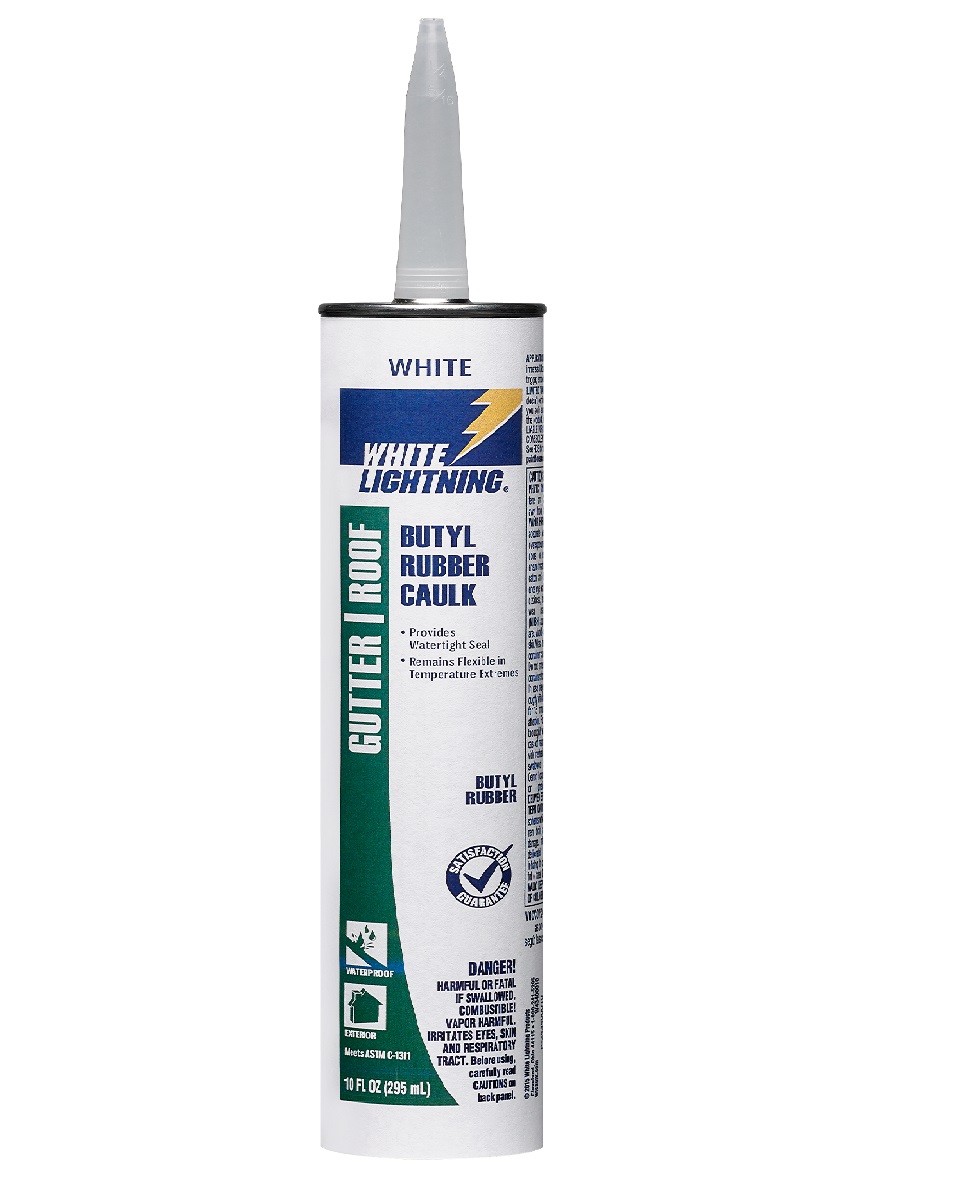
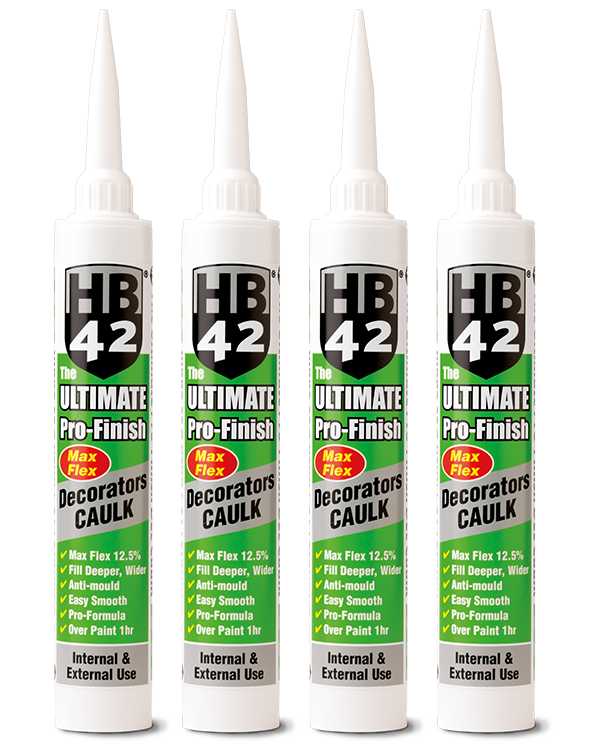
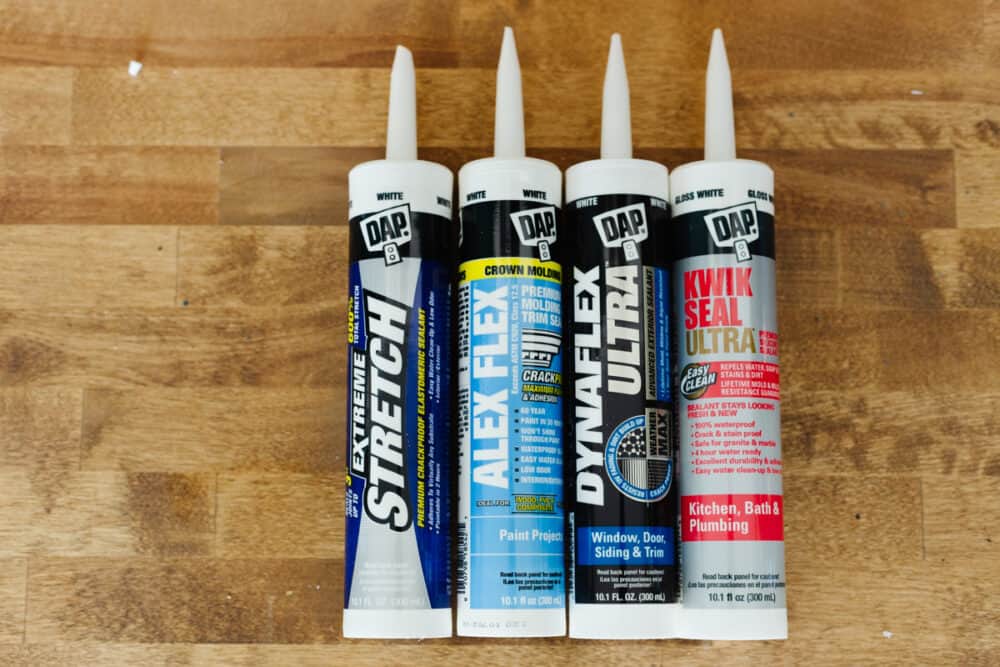
/182836729-56a49f253df78cf772834e2d.jpg)


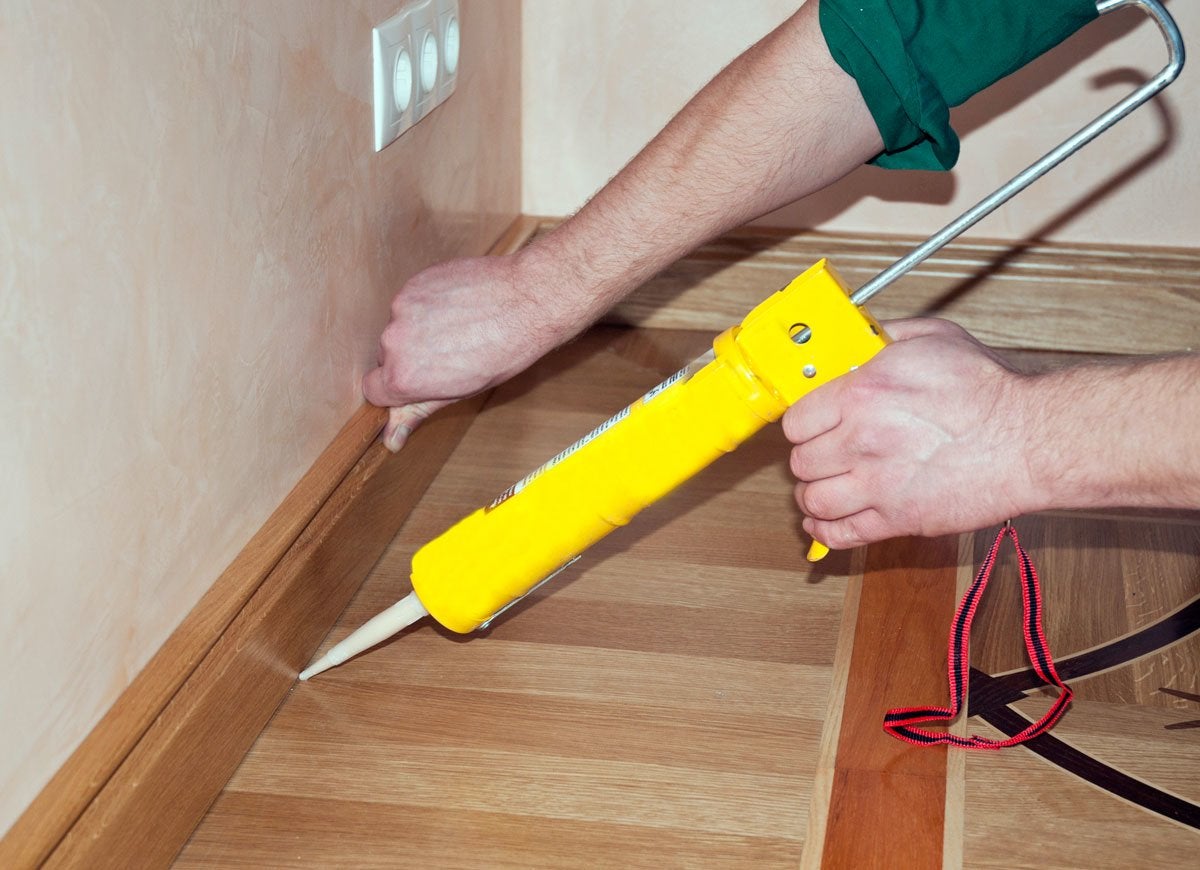
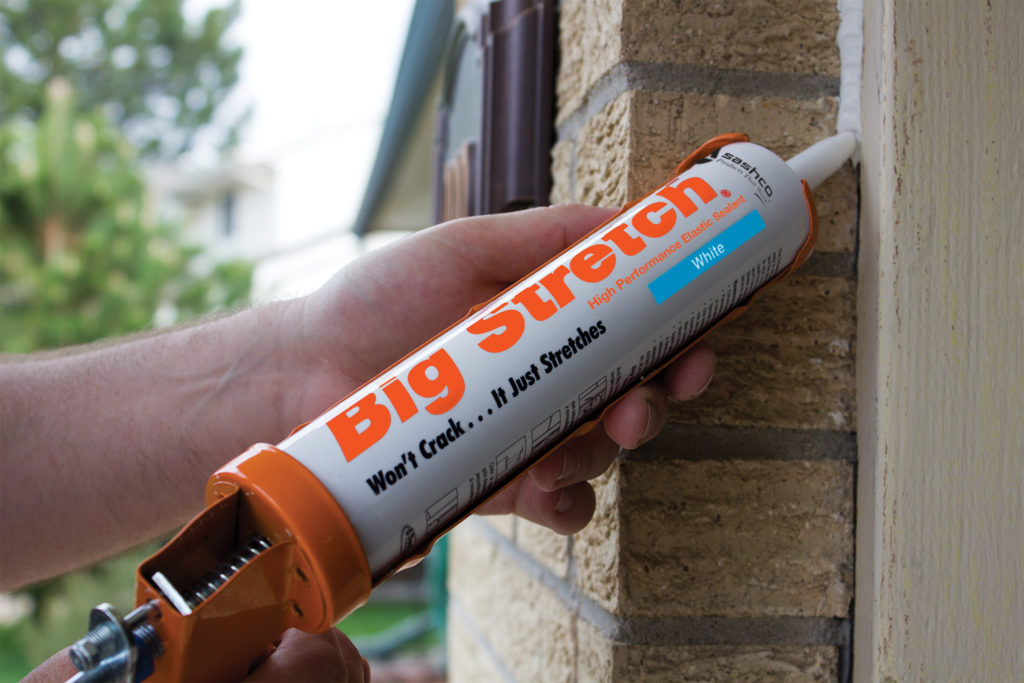
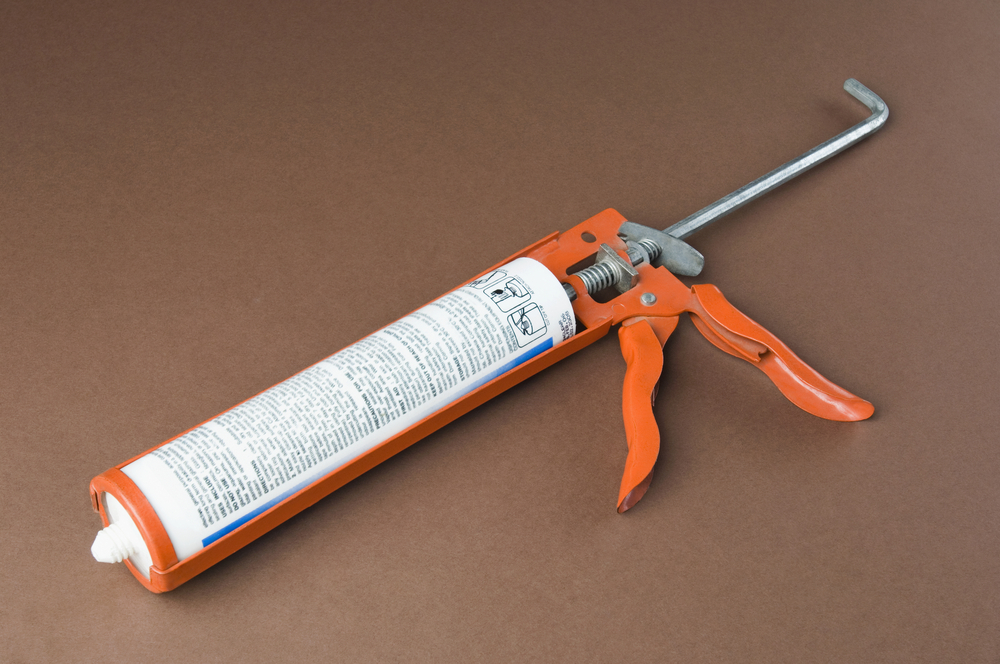
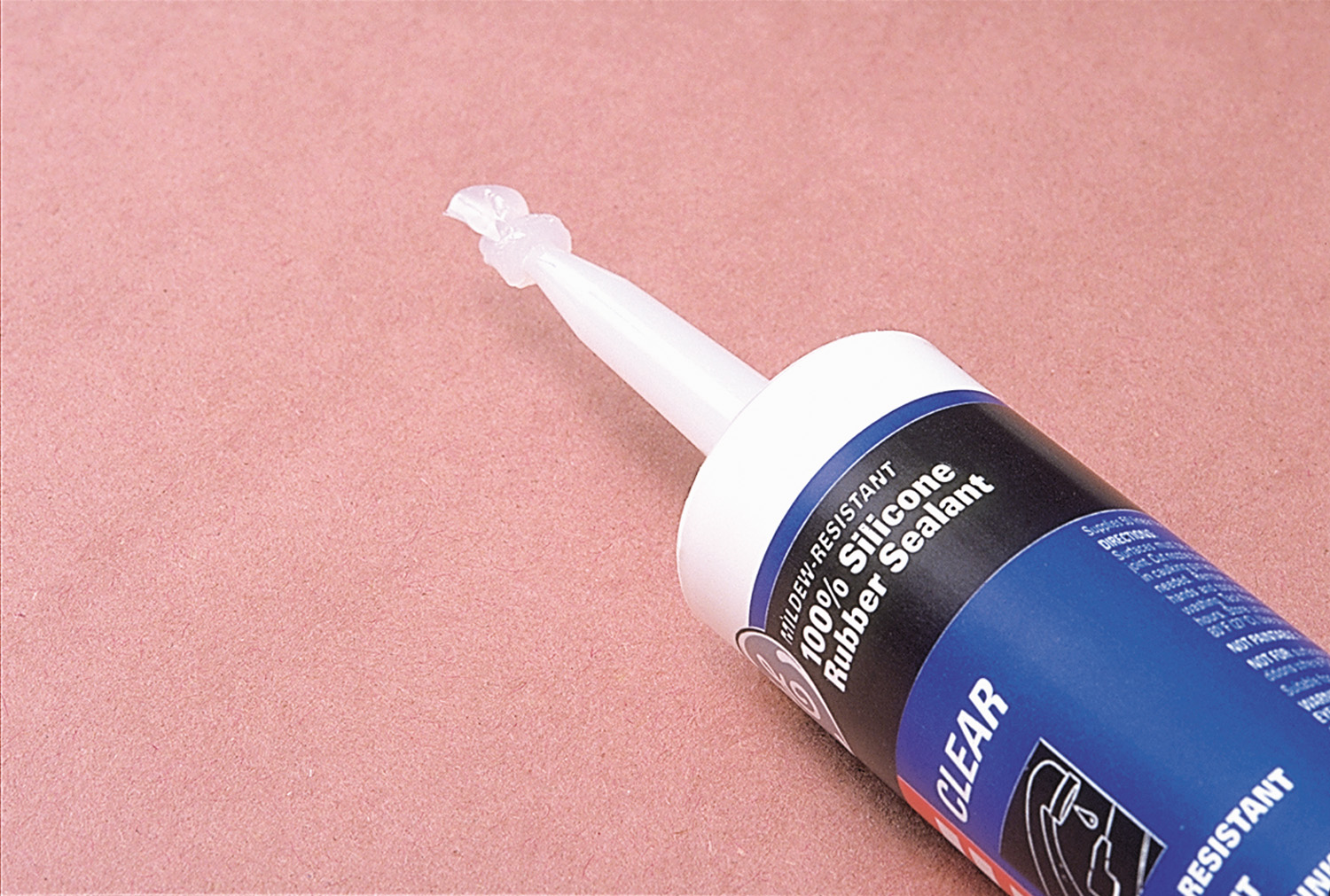





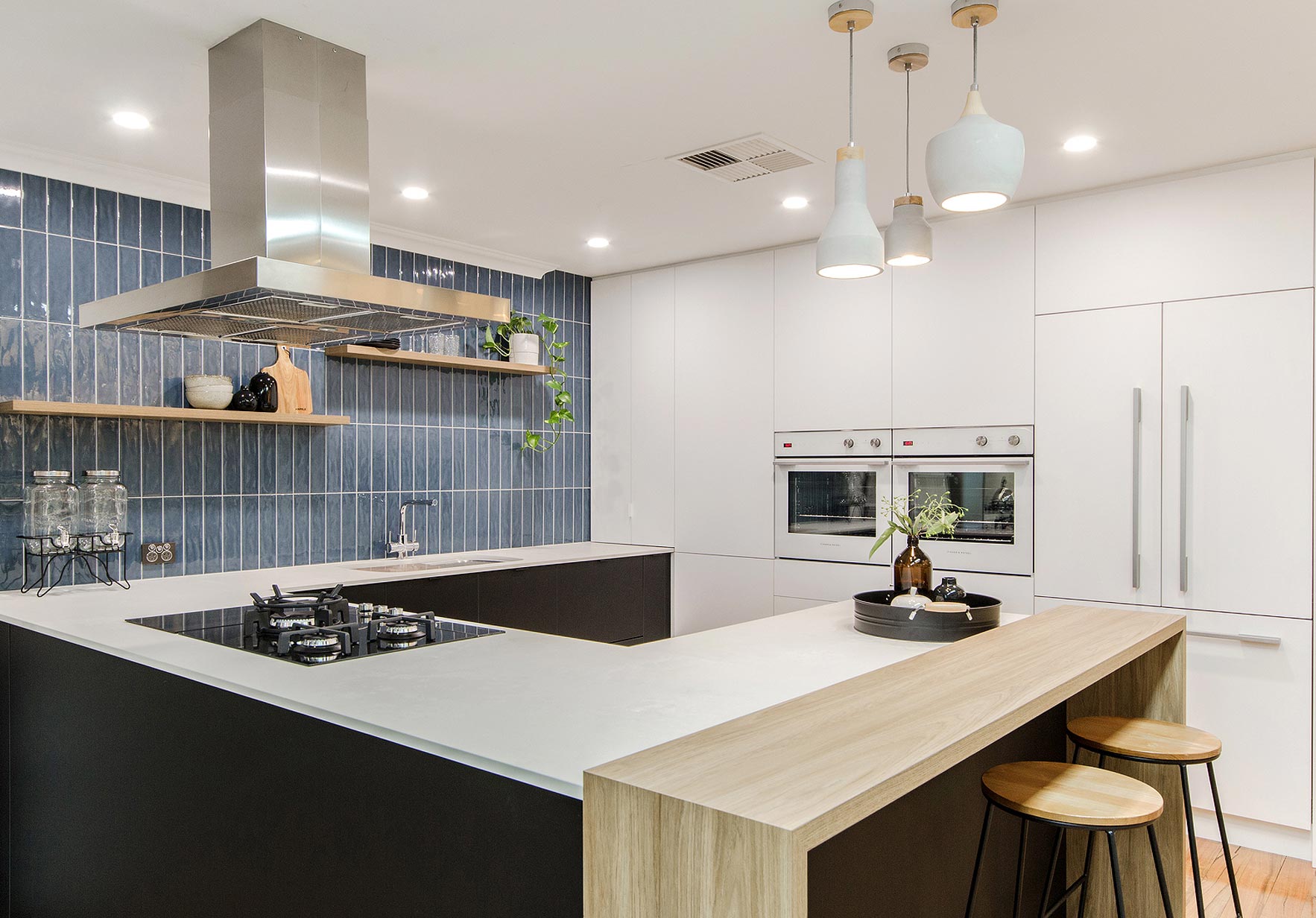
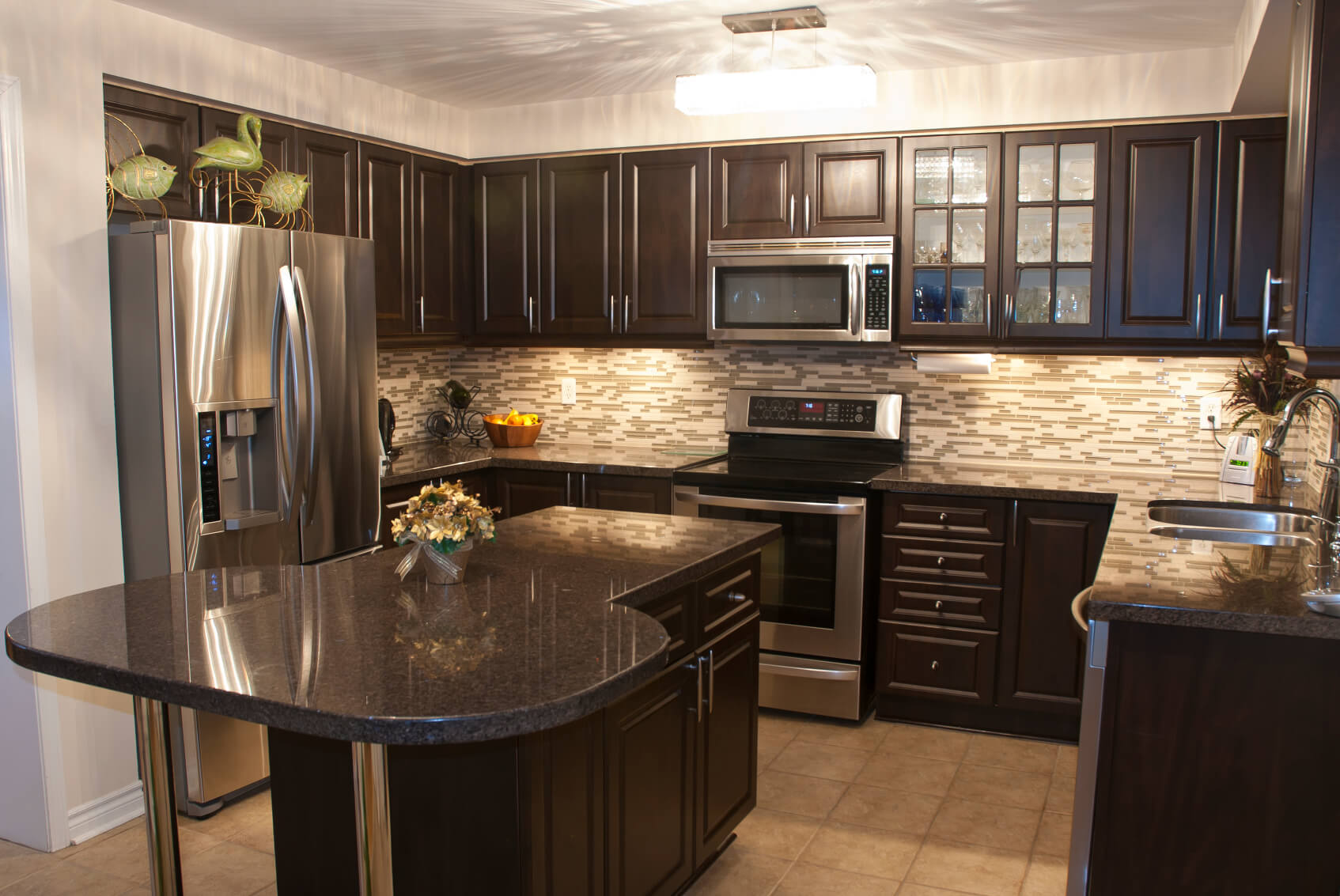
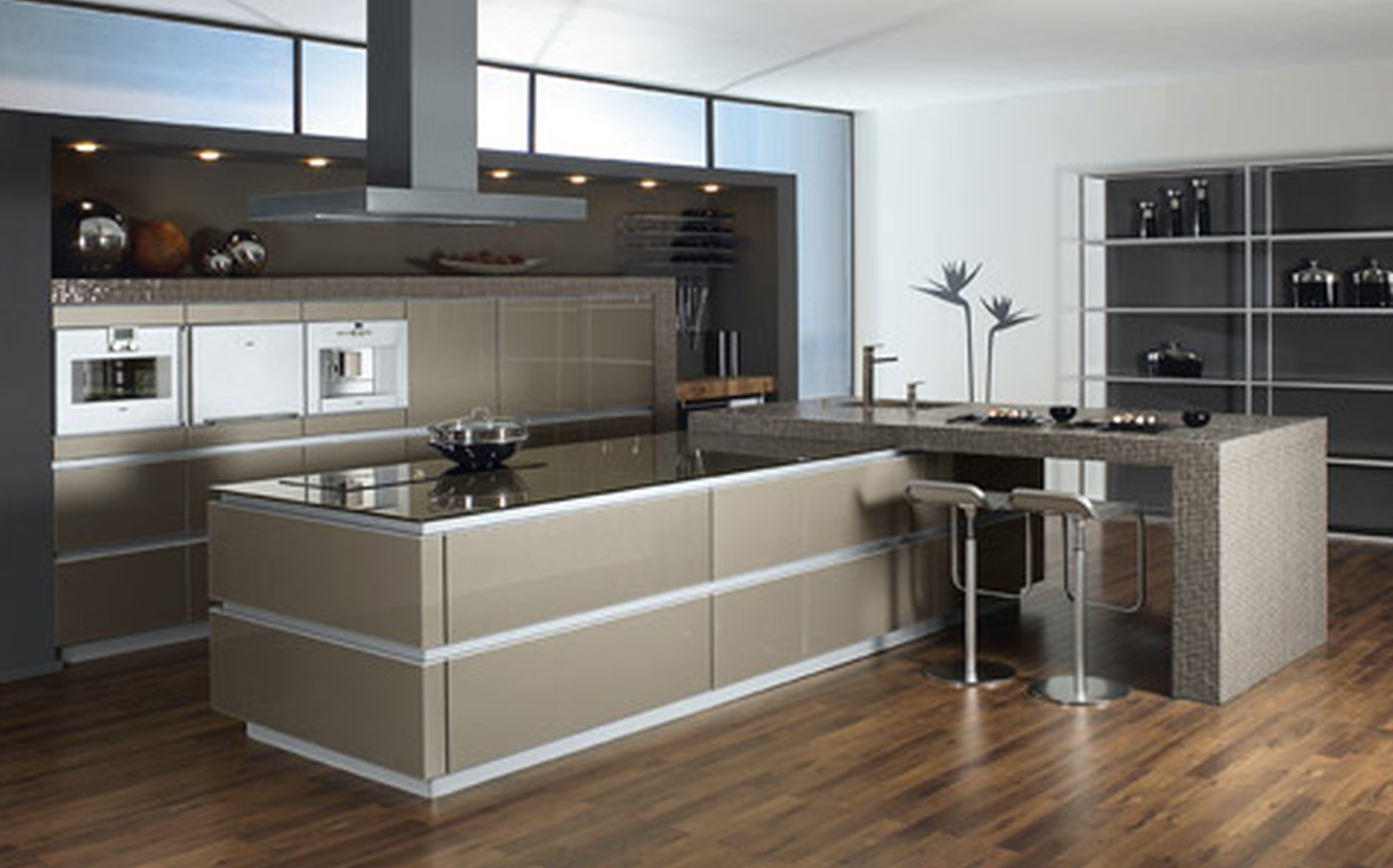
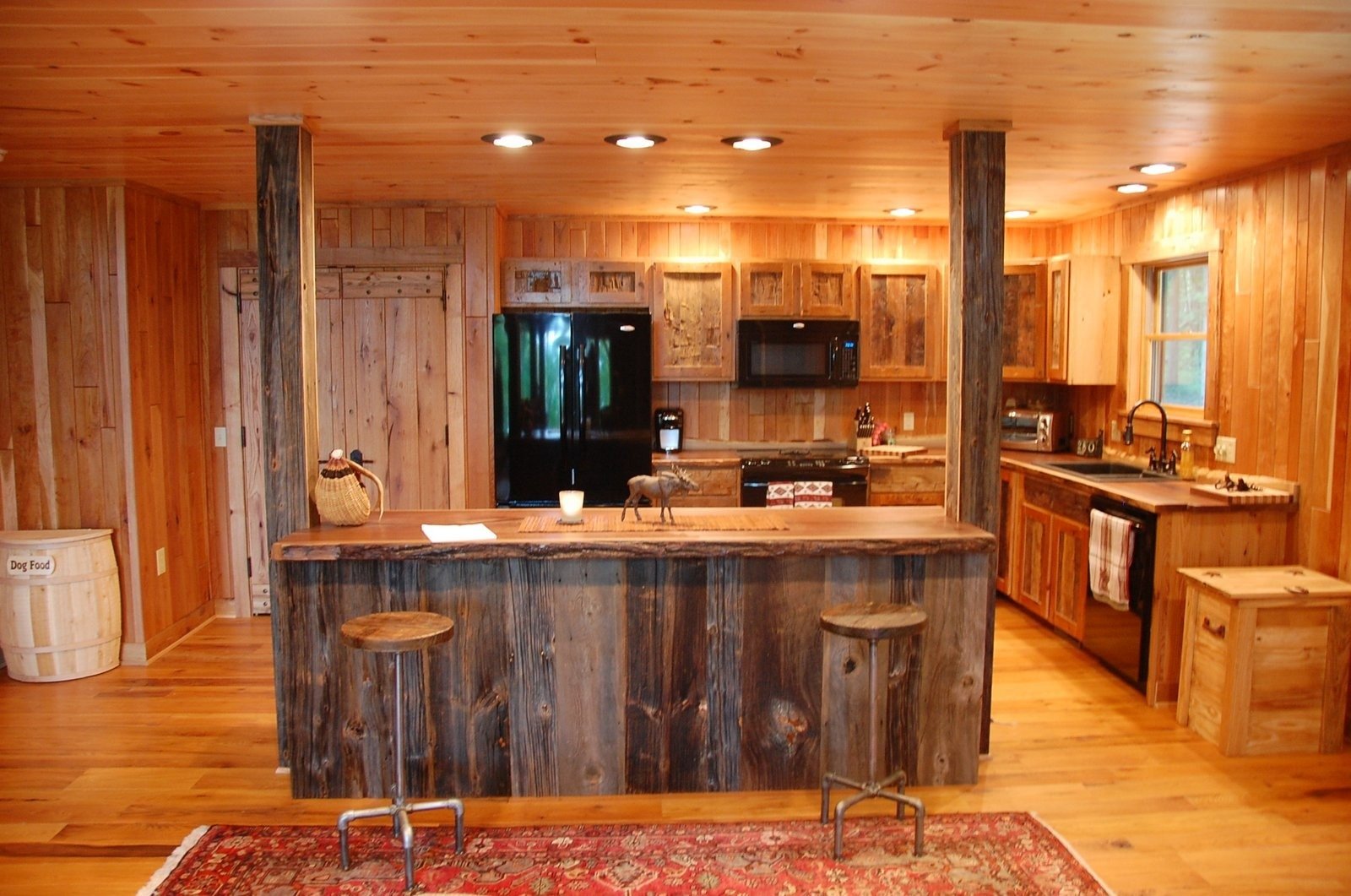

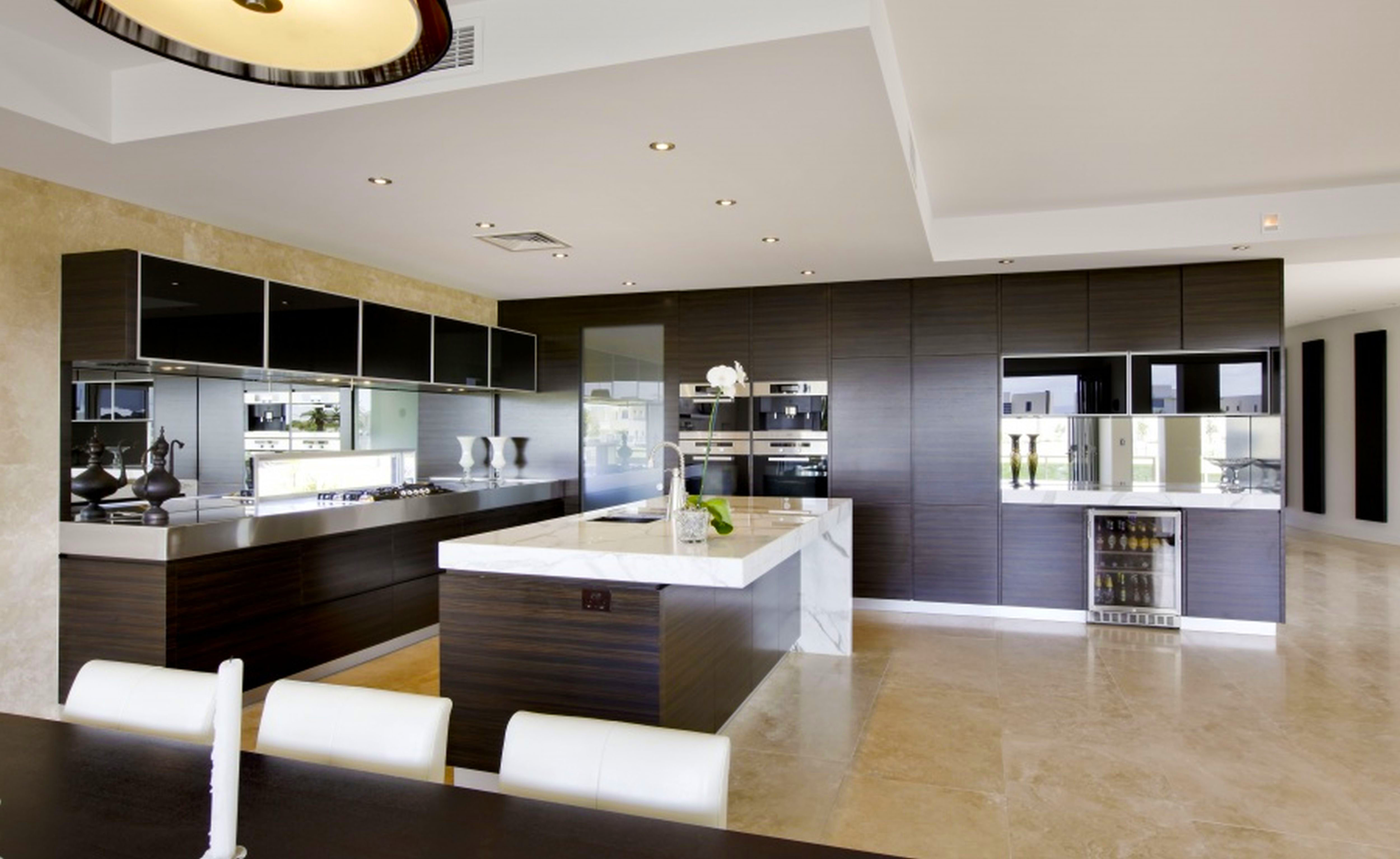


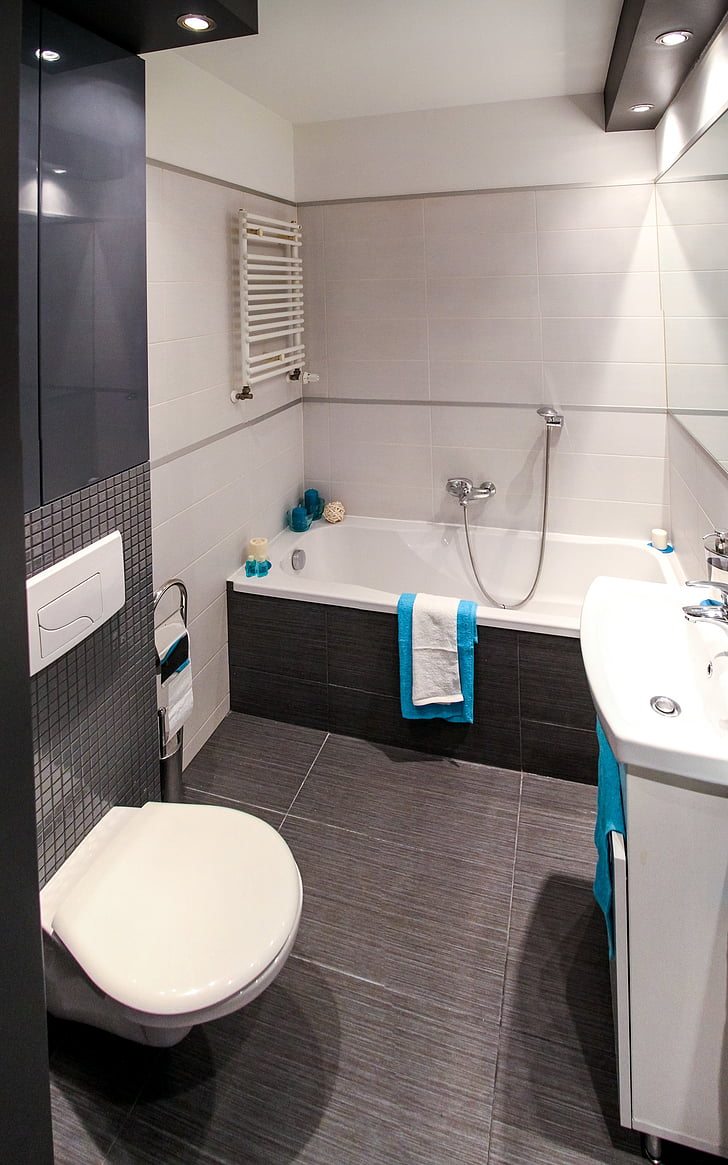







.jpg)



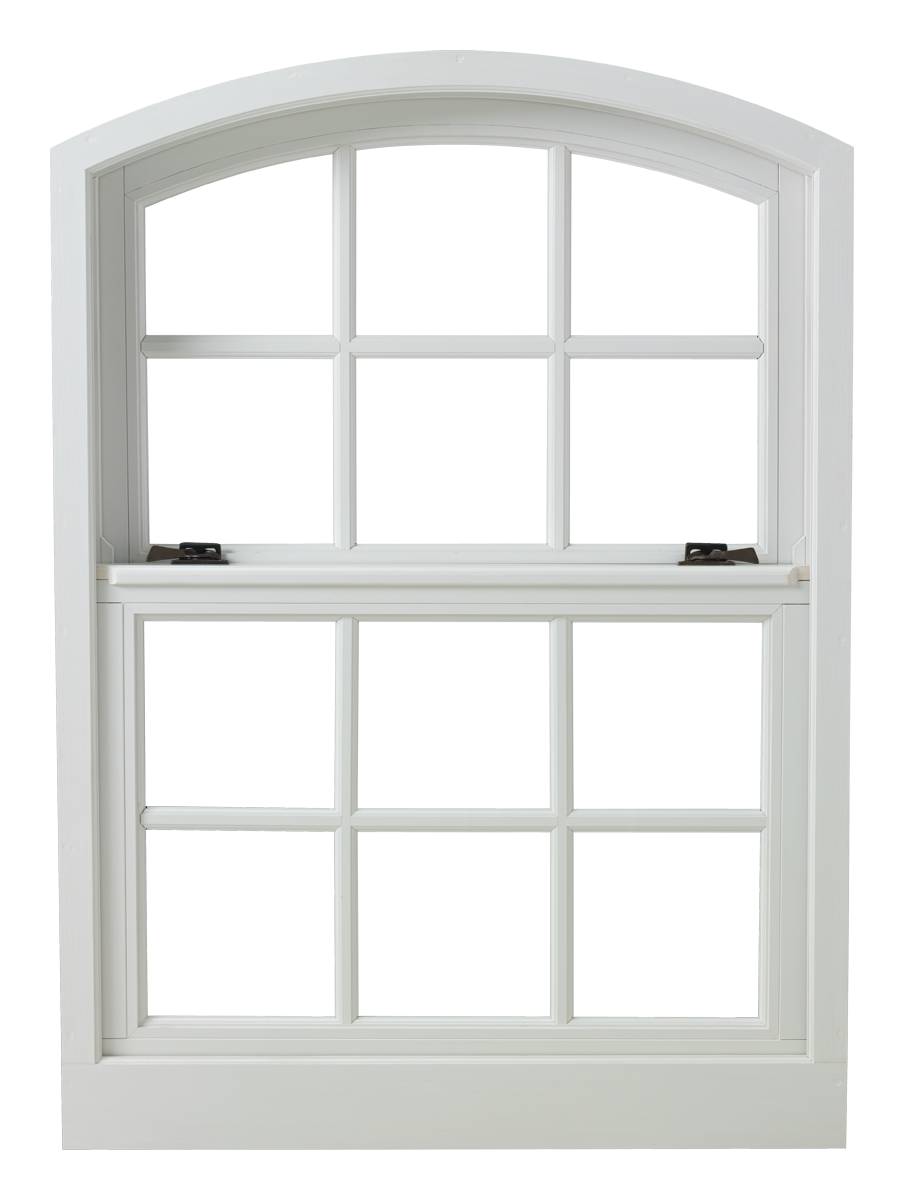

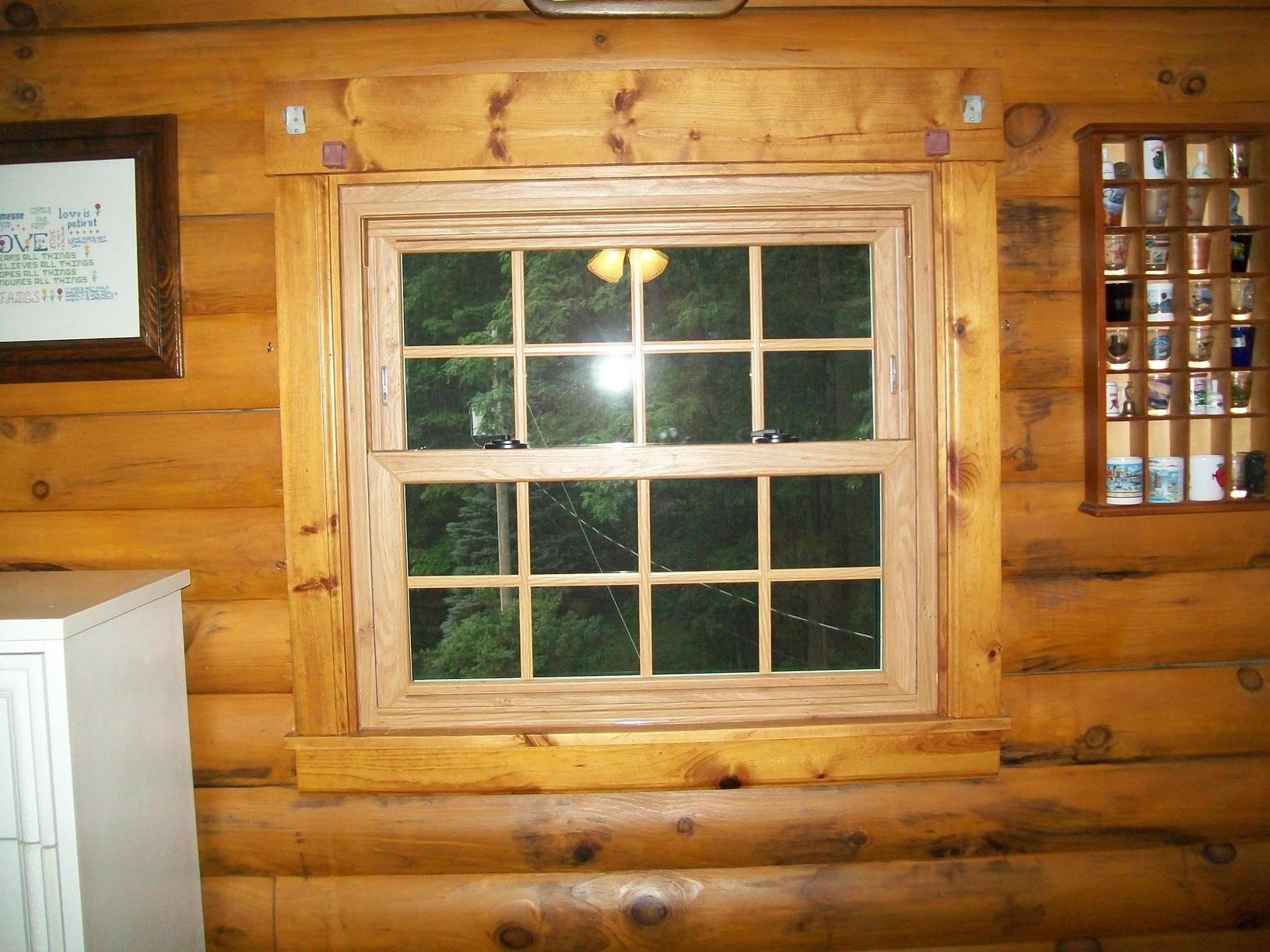

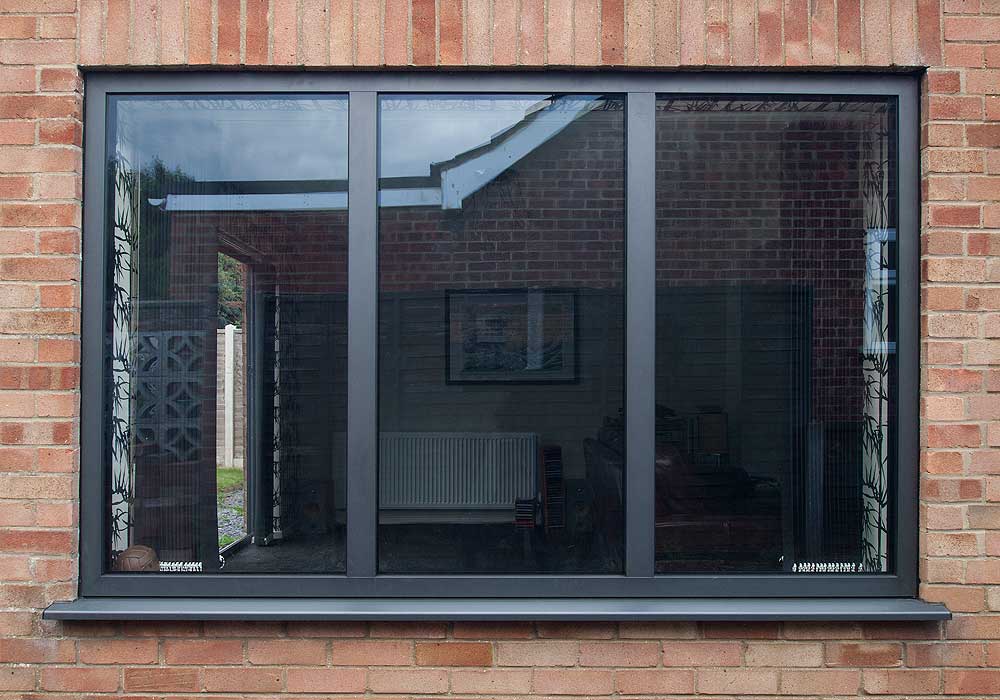

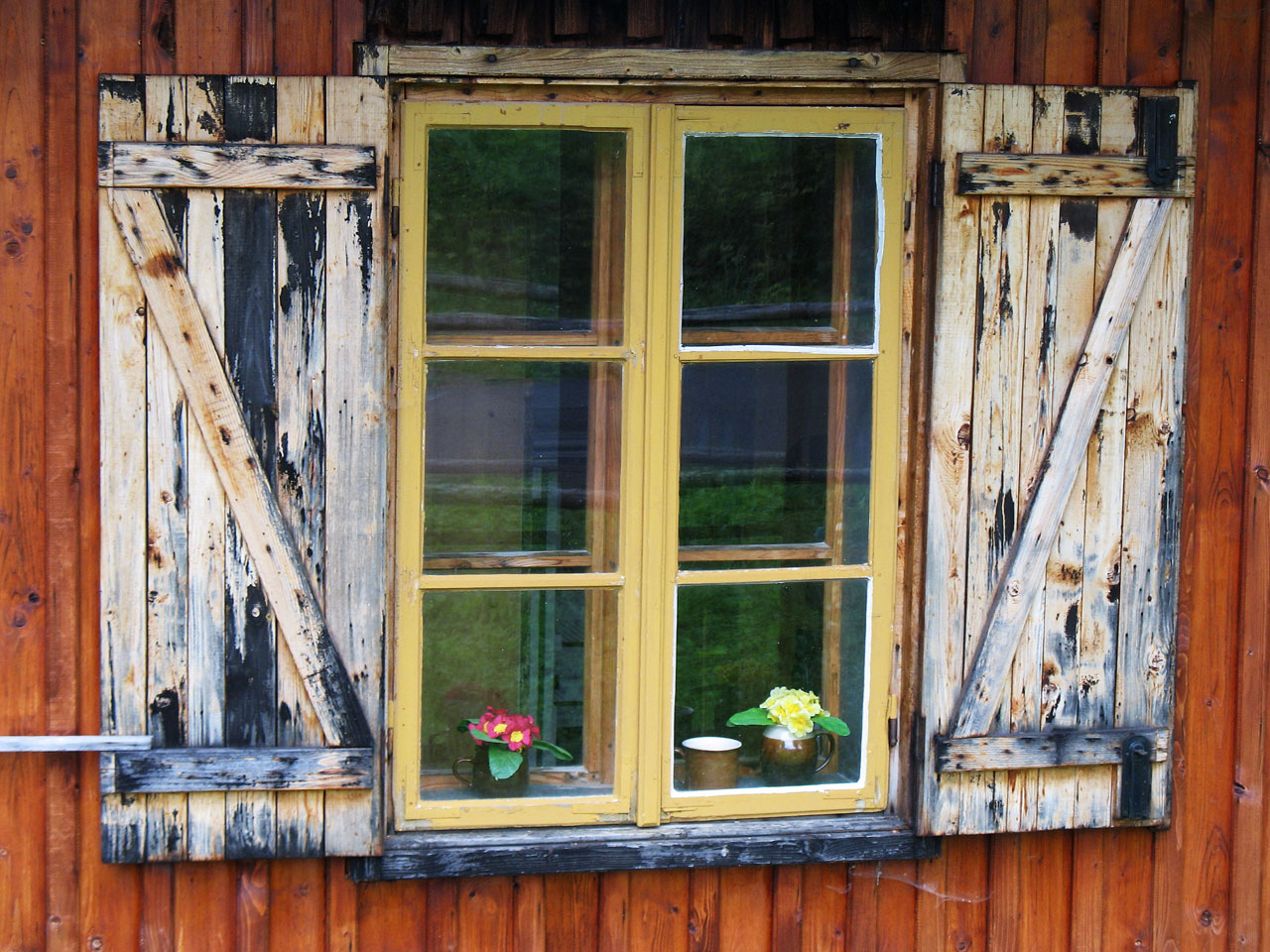



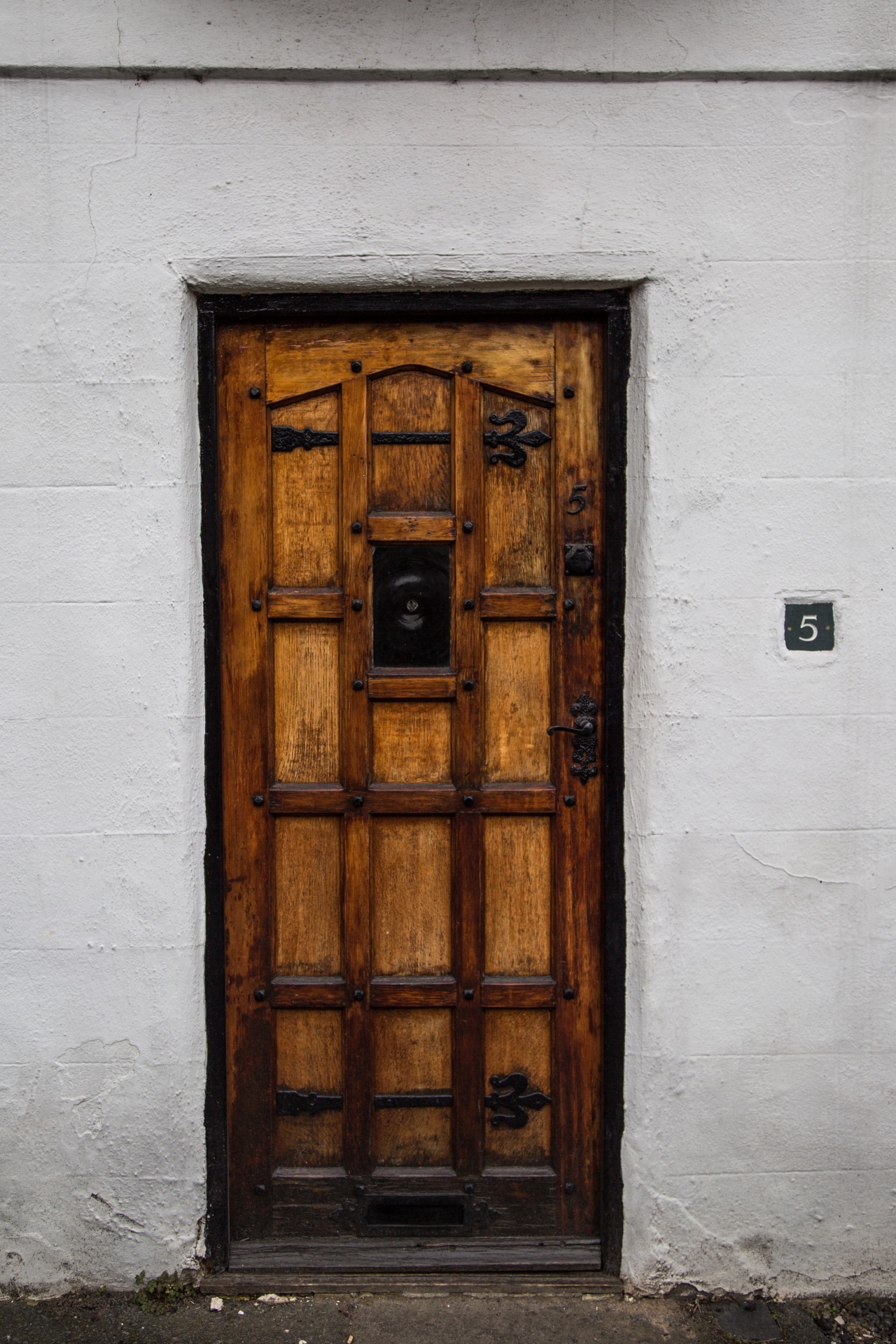


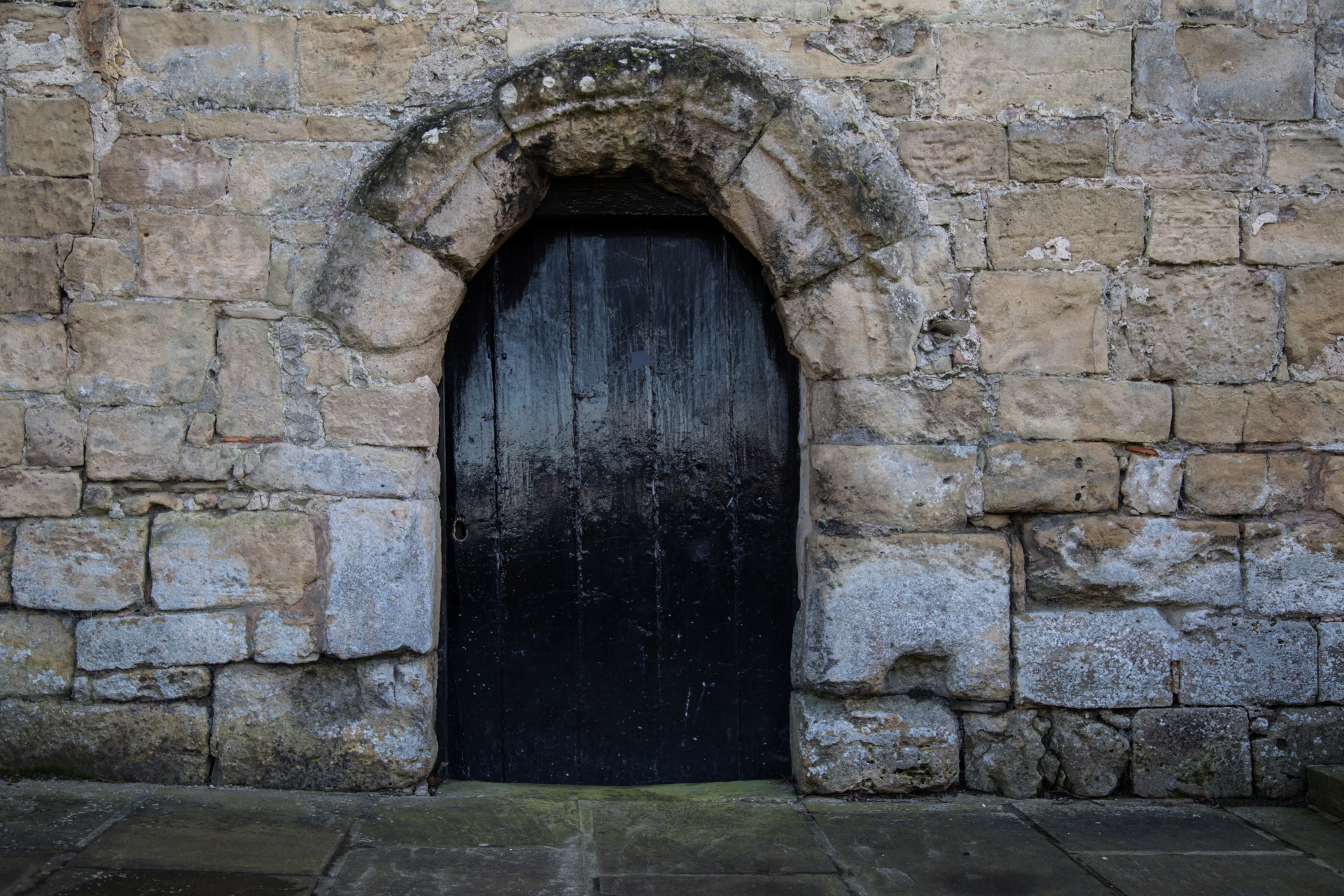
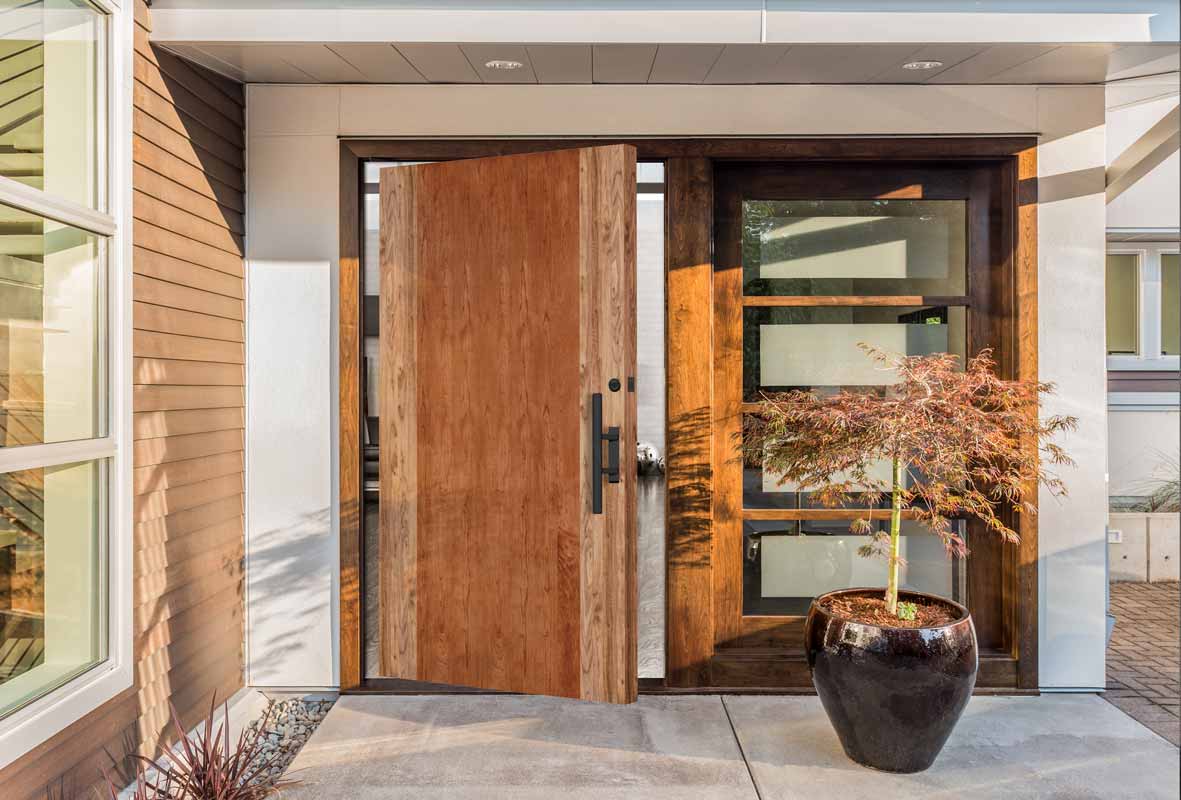
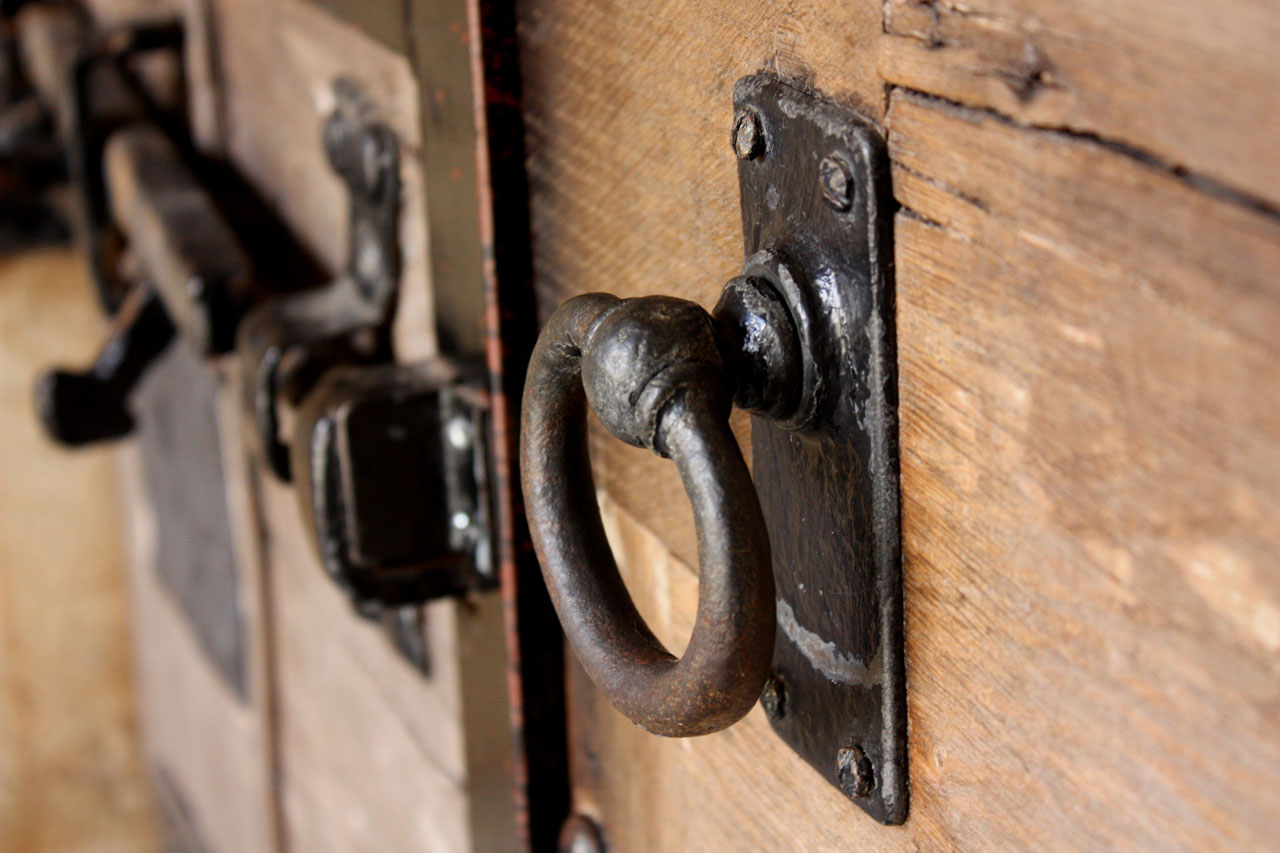
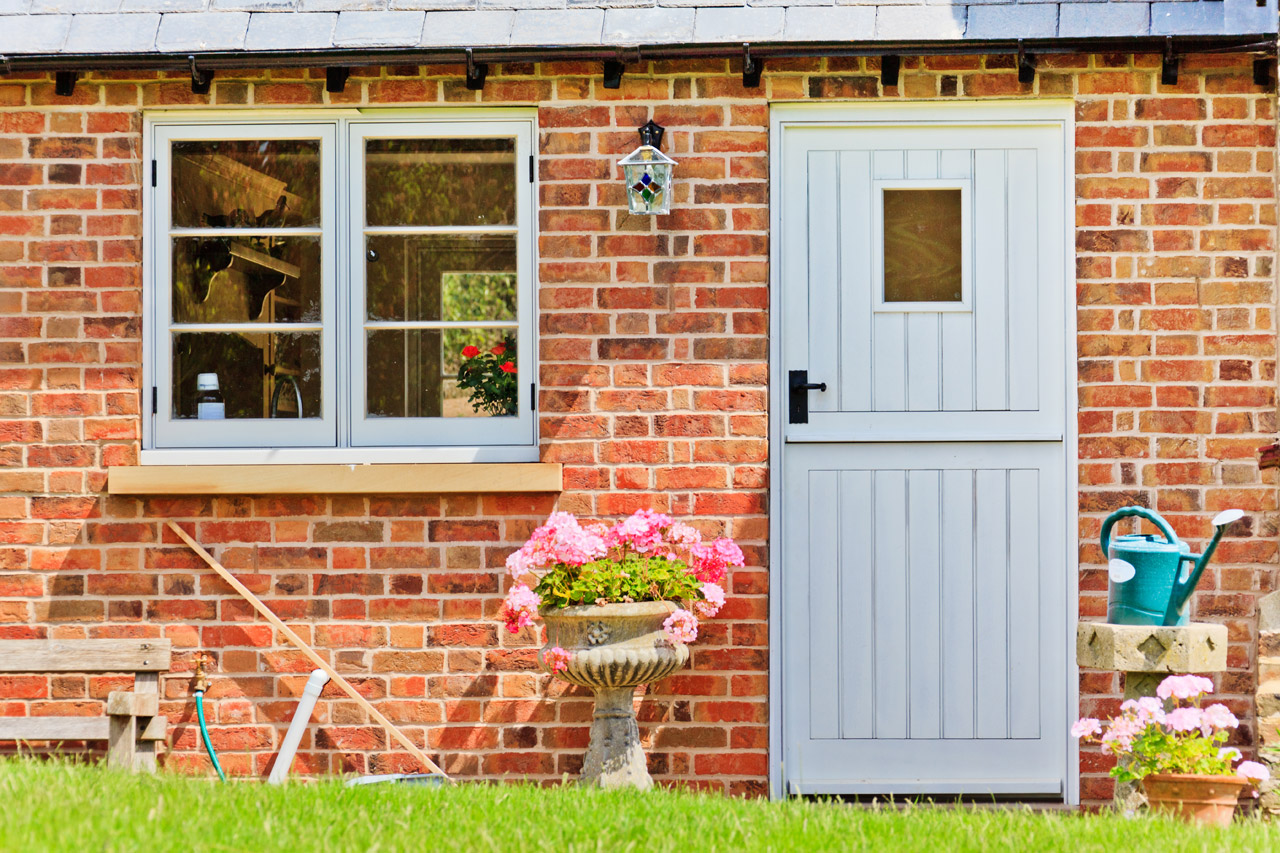





/182836729-56a49f253df78cf772834e2d.jpg)
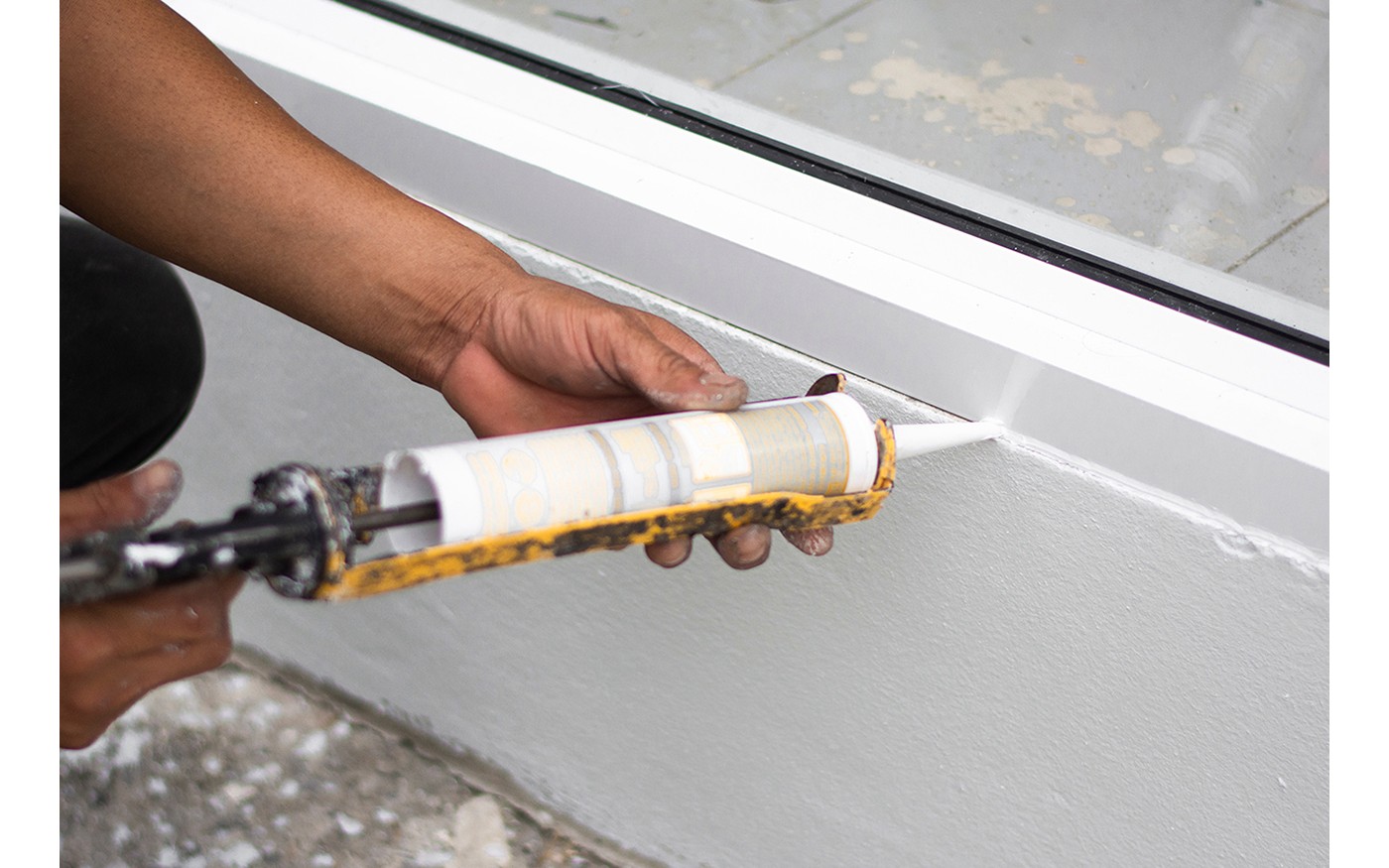
:max_bytes(150000):strip_icc()/caulking-the-bathroom-187091313-a22e0cfc811d4ed6870673079cf17bbf.jpg)
